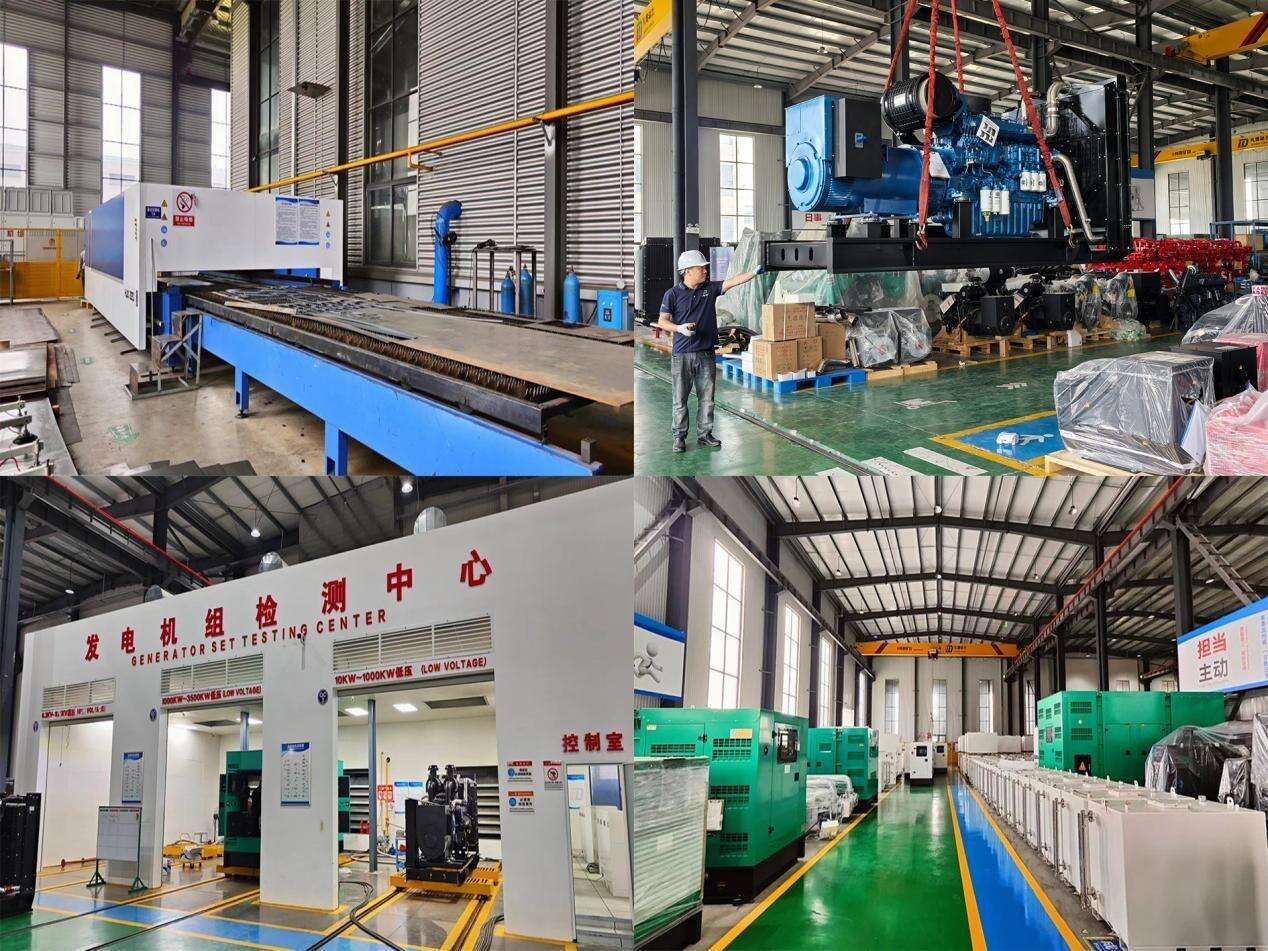Check To See If Fuel Supply Is Okay
Fuel supply issues are among the most frequent causes of gas generators not starting or running properly. First check to see if there is gas in the tanks, as people sometimes forget to refuel during previous use. Then check to see if the type of fuel matches the requirements of the generator. For instance, natural gas generators should use qualified natural gas, while LPG generators require liquefied petroleum gas. If fuel requirements are not met, the generator will not run and the engine will be damaged.
Then check the fuel lines and their connections. Fuel lines can develop cracks or leaks and connections can become loose over time. If the generator is in use and fuel line leaks are found, generator use should be stopped until the damaged parts are replaced. Fuel line filters can be clogged, and fuel flow to the engine can be diminished if dirt and fuel impurities are not addressed, so the clog must be removed. If the generator maintenance guide indicates a filter should be replaced, do so. A gas generator will not run properly if there are issues with the fuel being supplied.
Check the Ignition System
The ignition system is another important aspect which affects the performance of the gas generator. If the generator is not starting at all, check the ignition system first. Start by inspecting the spark plugs. Remove the spark plugs and see if they are dirty, worn out, or covered with carbon deposits. A dirty spark plug will fail to produce a strong enough spark to ignite the fuel-air mixture. Cleaning a spark plug with a wire brush should suffice, but if the spark plug is extremely worn out or damaged beyond repair, it is best to just get a new one that meets the specifications of the generator.
Next, take a look at the ignition coil and the wires. The ignition coil sends high voltage to the spark plugs, and if it isn’t working, the spark plugs won’t receive the voltage needed to function properly. Inspect the ignition coil for signs of damage, such as cracks and corrosion. Check the wires that connect the ignition coil to the spark plugs for tightness and fraying. If you need ignition coil testing guidance, the generator manual can be consulted for instructions on using a multimeter to check the ignition coil's electrical resistance. Properly functioning ignition systems allow for quick and stable gas generator starts and operation.
Check the Air Intake and Exhaust Systems
Issues concerning the air intake or exhaust systems could cause poor performance, increased fuel consumption, or total engine shutoff. Regarding the air intake system, start by checking the air filter. The air filter keeps dust and debris out of the engine, but if it becomes fully clogged, the engine won’t receive enough clean air, resulting in a richer fuel mixture. This could cause a rough-running generator, black smoke, or a loss of power. Remove the air filter and tap it gently to dislodge any loose dirt; if it is excessively dirty, replace it.
Examine the exhaust pipes and muffler for any obstructions in the exhaust system. The exhaust pipes will eventually restrict the passage of exhaust gas as a result of carbon build-up. This condition will cause the engine to work harder and overheat. Inspect the exhaust pipes for blockage and if there is heavy carbon build-up, it can be removed with a wire brush or carbon remover recommended for exhaust systems. Also, for the exhaust system to work properly, check and seal exhaust system leaks, as they will emit toxic gas and will deteriorate the performance of the generator. The gas generator will work properly when you clean and clear the intake and exhaust systems.
Check the Battery and Electrical Connections
If your gas generator has an electric start feature, it may not start because the battery is weak or dead. Start by checking the charge. You can check the charge on the battery gauge or with a multimeter. You should get a voltage reading of 12.6 volts on a fully charged battery. Charge the battery with an appropriate charger if the voltage is low. Corrosion on battery terminals should also be checked. Corrosion can stop the battery from sending power to the starter. You can use a baking soda and water mixture to clean the terminals, then dry them and apply a thin layer of petroleum jelly to prevent corrosion from forming again.
Beyond the battery, you should also confirm that the bolts, clamps, and all electrical interconnections on the generator are secure. Loose or broken wires can create issues on the generator intermittently, including not producing power or the control panel malfunctioning. Check the wires to the generator’s alternator, control panel, and all other electrical components. All interconnections should be secure, and no wire insulation should be damaged. If bolts or clamps are loose, tighten them. If the wires are damaged, replace them with wires of the same gauge. The gas generator relies on having a complete working electrical system that enables it to start and run correctly.
Check for Overheating Issues
Overheating can lead to severe and permanent harm to the gas generator. In the case of water-cooled generators, first check the coolant level. Swift overheating can occur when coolant levels drop. Verify the level against the specifications in the generator’s manual. Add coolant as necessary. Use the recommended coolant. Check to see if the cooling fans for an air-cooled generator are properly operating. Fans help cool the engine and if not functioning properly, the engine will overheat. When fans are the issue, check the fan blades for damage and the fan motor to see if it works.
Another reason for overheating generators due to a lack of cleaning is dirty radiators or clogged heat sinks. For air-cooled generators, radiator heat sinks serve the same purpose. A buildup of dust, dirt, or other debris is a heat dissipation barrier. For buildup removal, use a soft brush to clean, or use compressed air. If the generator's location is poorly ventilated, the hot air will become trapped and cause overheating. Move the generator to a better location. Make sure that, alongside the generator, there is adequate ventilation in the space used. These actions to prevent overheating will extend the operational lifespan of gas generators and ensure safe operation.


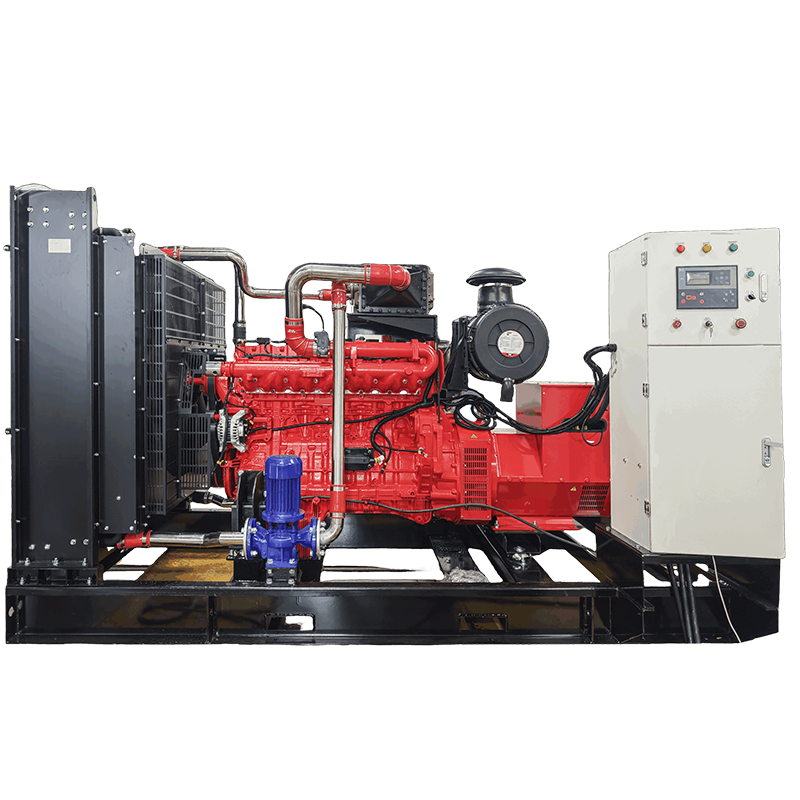

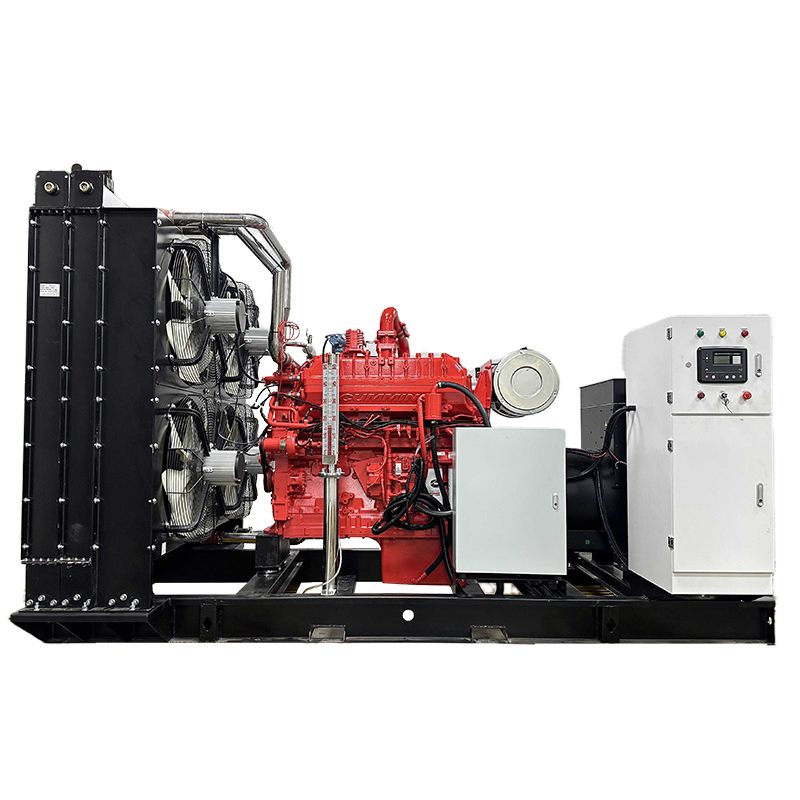
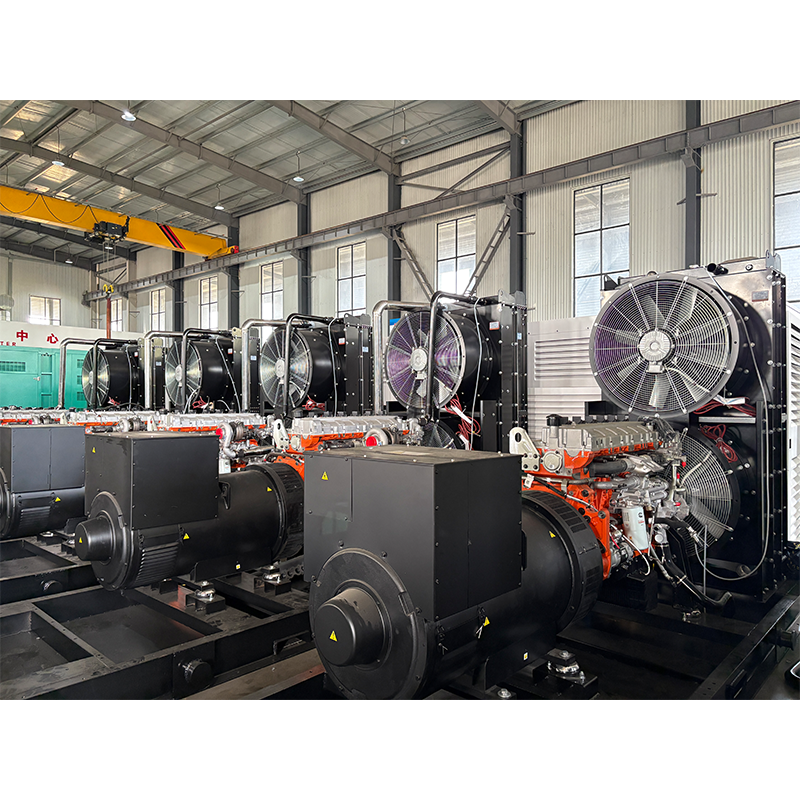
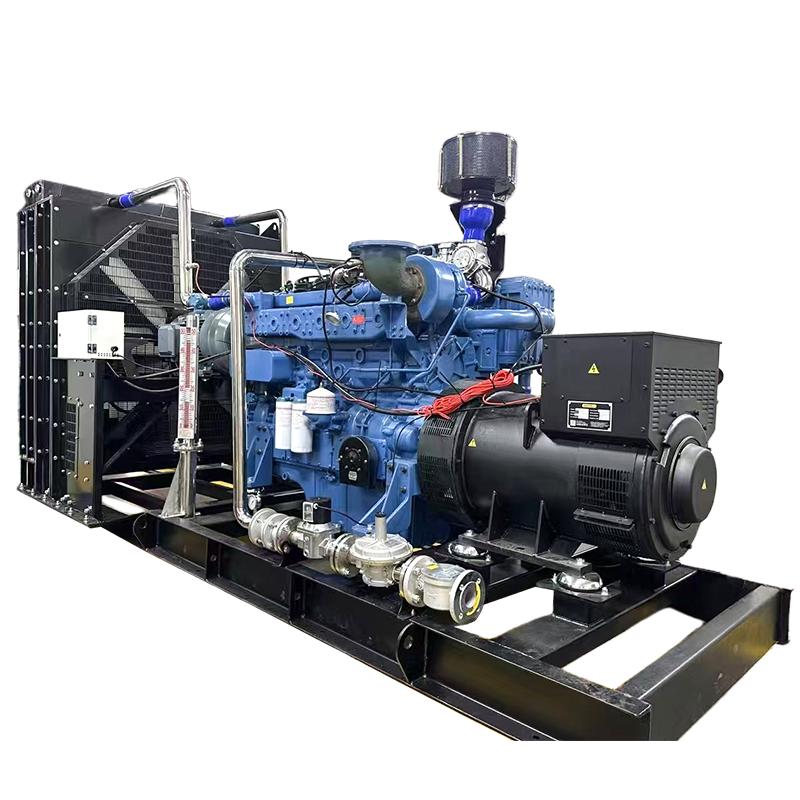
 Hot News
Hot News